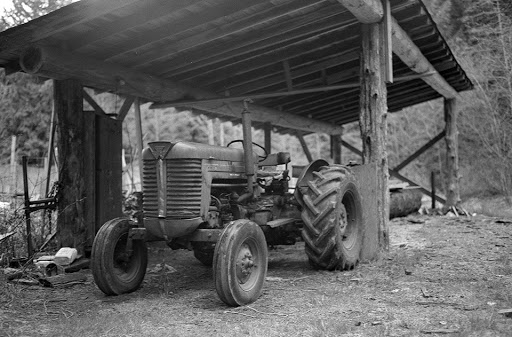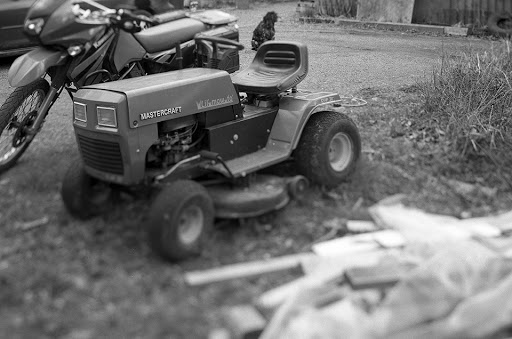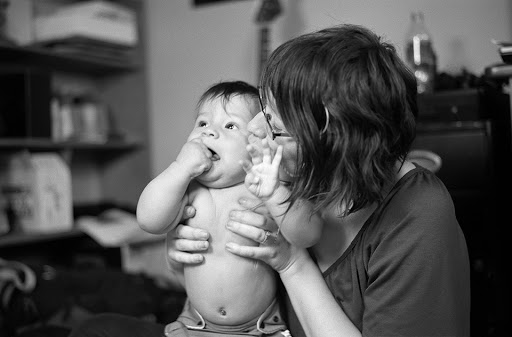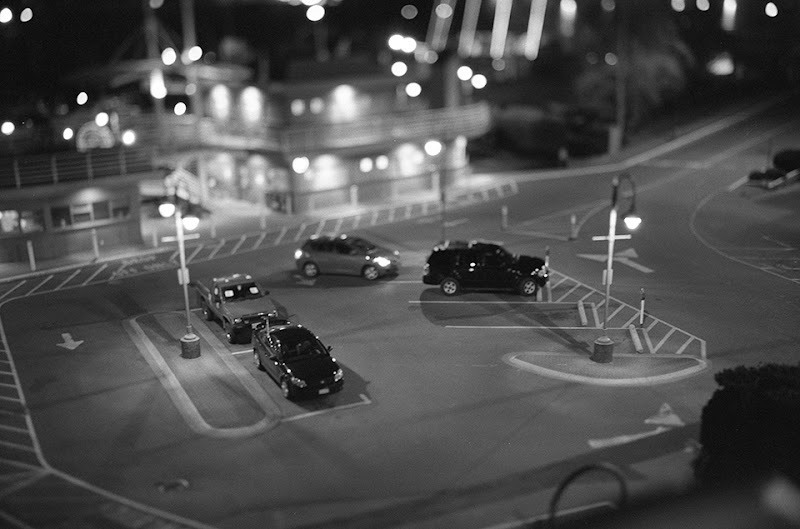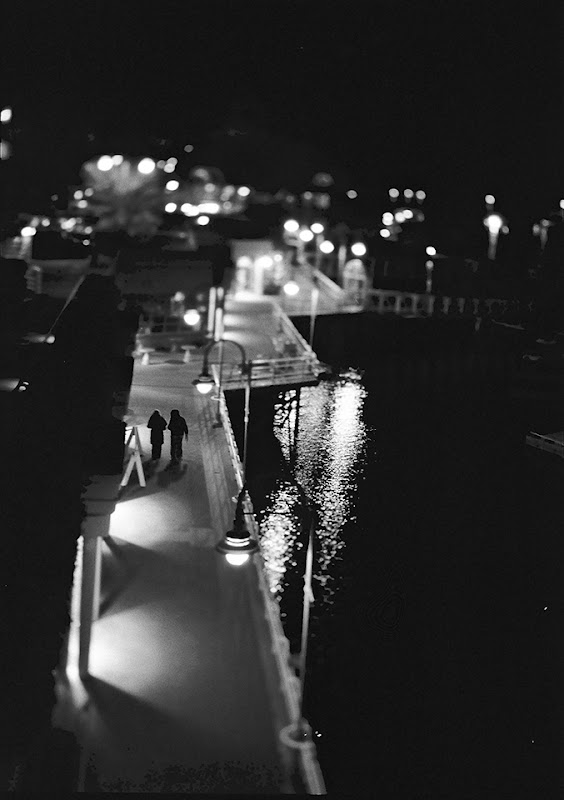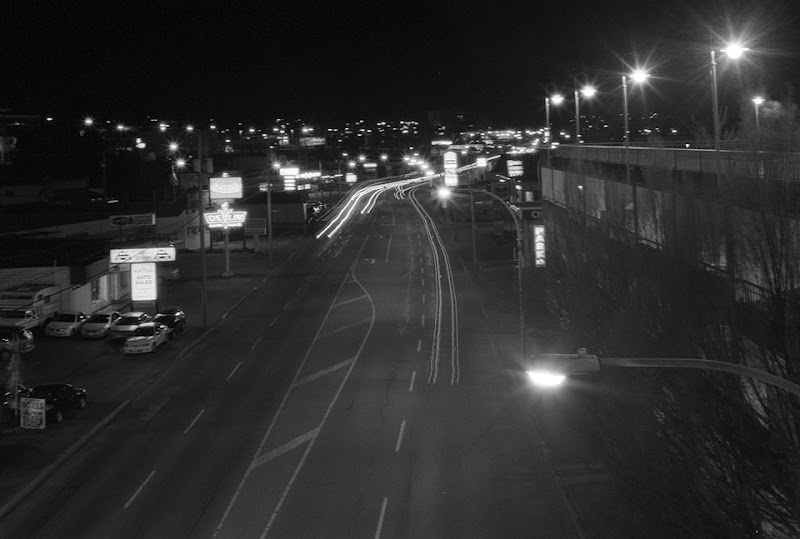3ntreri
Newbie
I'm planning to take my new-to-me Mamiya Super 23 out for a first shakedown / test this weekend once my "starter kit" of film arrives in the mail.
Unfortunately I'm not able to buy it locally so I've placed an order for a relatively wide range of films:
2 rolls of Ilford HP5 Plus (ISO 400 B&W)
2 rolls of Kodak Ektar (ISO 100 Color)
2 rolls of Efke IR820 Aura (ISO 100 B&W Infrared)
I'm thinking of starting with a roll of the Ilford as it appears to be the most forgiving to exposure errors and I want to check for light leaks, focus issues, etc. This will be my first time using film so I'm more than a little worried that I'll get everything wrong and waste the roll and pay to get 8 useless frames processed 🙁
Is there anything I should keep an eye out for specifically? Any known quirks with this camera? How do I confirm that the rangefinder focus is correct?
Any tips for a film newbie would be greatly appreciated :angel:
Thanks
- Dave
Unfortunately I'm not able to buy it locally so I've placed an order for a relatively wide range of films:
2 rolls of Ilford HP5 Plus (ISO 400 B&W)
2 rolls of Kodak Ektar (ISO 100 Color)
2 rolls of Efke IR820 Aura (ISO 100 B&W Infrared)
I'm thinking of starting with a roll of the Ilford as it appears to be the most forgiving to exposure errors and I want to check for light leaks, focus issues, etc. This will be my first time using film so I'm more than a little worried that I'll get everything wrong and waste the roll and pay to get 8 useless frames processed 🙁
Is there anything I should keep an eye out for specifically? Any known quirks with this camera? How do I confirm that the rangefinder focus is correct?
Any tips for a film newbie would be greatly appreciated :angel:
Thanks
- Dave


